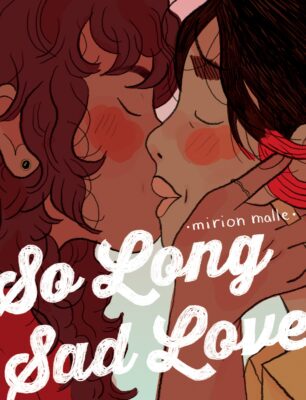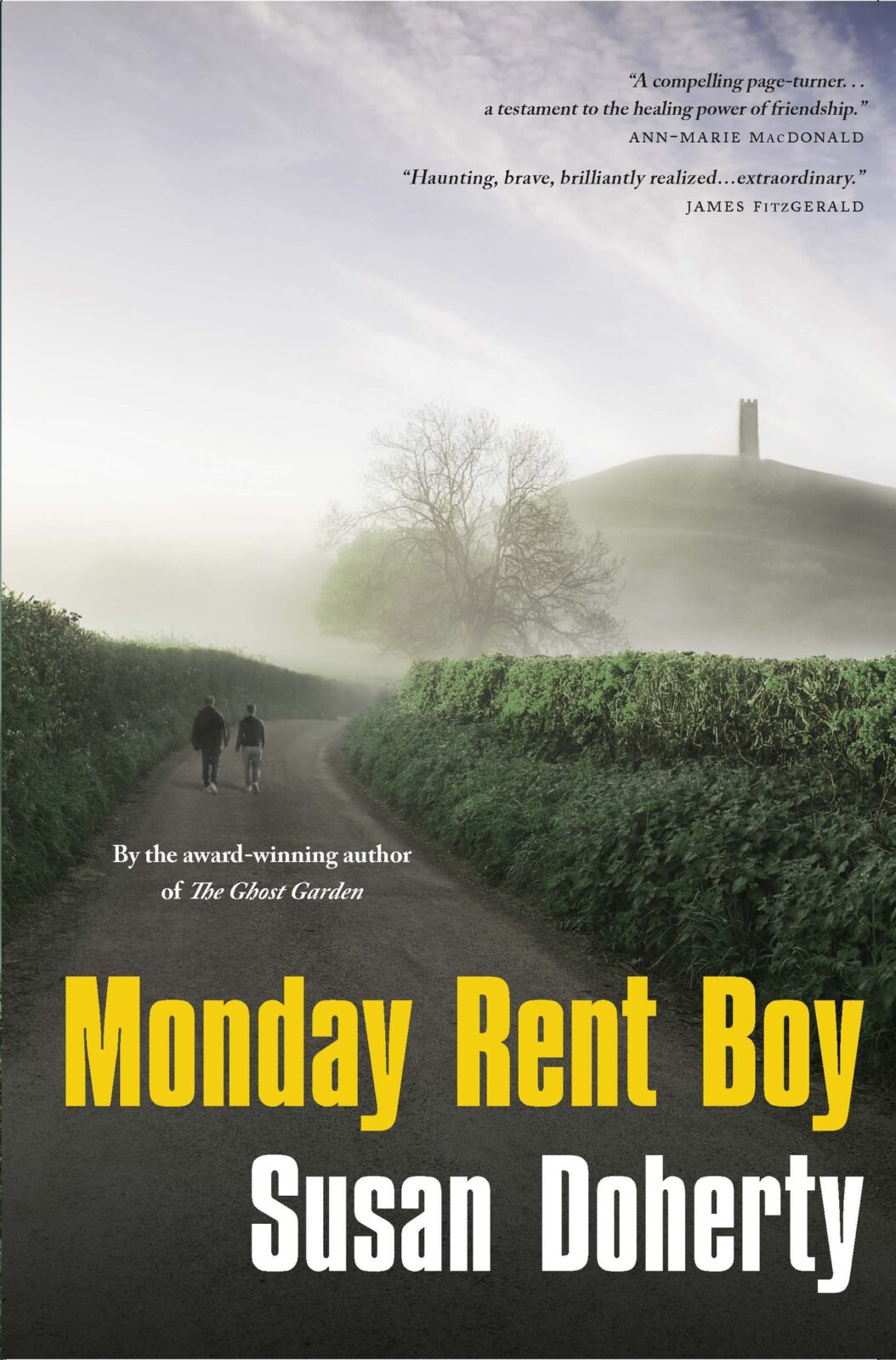Mirion Malle’s So Long Sad Love starts off with the dream of many contemporary city-dwellers – fleeing towards nature. The story follows Cléo, a comic artist who, after moving to Montreal from Paris with her boyfriend, Charles, struggles to carve out a place for herself in an unfamiliar city. At the same time, she is trying to build an artistic practice, working to create a new project that she is passionate about.

So Long Sad Love
Mirion Malle
Translated by Aleshia Jensen
Drawn & Quarterly
$32.95
paper
212pp
9781770466975
At its core, So Long Sad Love gives Cléo the space and patience to feel her way through the betrayal of finding out that someone you trusted could be just another cautionary tale – another example of toxic male behaviour, deemed harmless by complicit friends and institutions while actively harming others. The book resonates with the familiar feeling of wanting to accept easy answers, while also having to learn to listen to yourself and the voices of those who have been historically shamed and silenced.
Cléo must wrangle with what she knows and what she is learning about life’s uncomfortable realities. Malle treats these situations with such care, letting Cléo tenderly unravel her life at her own pace, through a deeply rooted understanding of how common an experience like hers, or Farah’s, is. The story presents itself as an affirmation, not only for the characters but for the reader as well. Farah asserts: “What I am sure of though, is that just because the worst didn’t happen doesn’t mean it wasn’t serious.”
In the aftermath of her relationship, Cléo’s life begins to mend, and we are able to spend slow and comforting moments with her. Malle artfully guides the reader through periods of discomfort, and ultimately provides them with the satisfaction of emerging out the other side. Like us, Cléo is flawed, just trying to figure out her life when it feels as though it’s falling apart. At the same time, she reminds us how to respond in difficult situations – she learns from her missteps, leans on the support of her friends, and treats herself with compassion.
While the unfolding of So Long Sad Love is triggered by a romantic relationship, the standout characters are the female friends and queer support system Cléo finds along her journey. It is their strength that ultimately reminds her of her own. When she’s finally out of the city, the reader sits in on an intimate evening with a whole group of new characters being together and sharing space. Everyone has different stories and is here for different reasons, but have ultimately ended up together, and you feel as if this is right where they are meant to be.
As Cléo follows her lifelong instinct to flee, So Long Sad Love reminds us how, through trusting our own version of happiness, we can get through difficult situations and find true spaces of belonging – those moments where “everything feels sweeter.”mRb






0 Comments